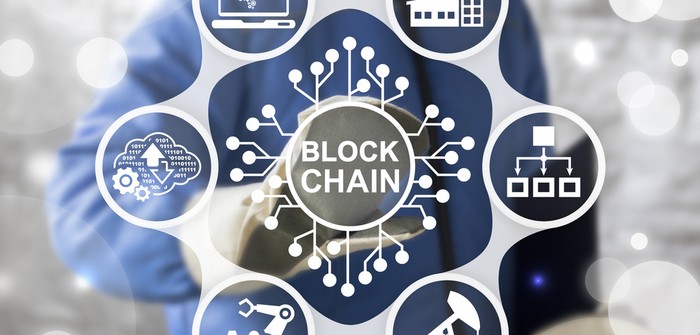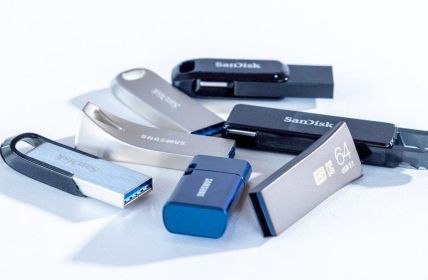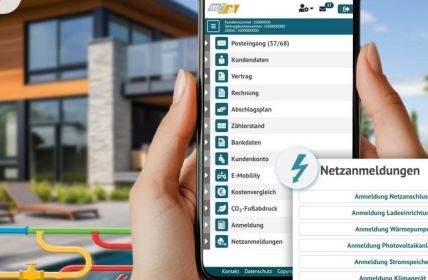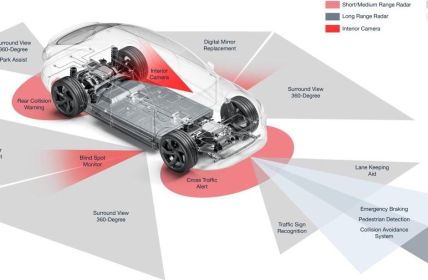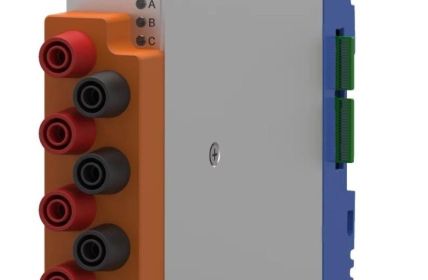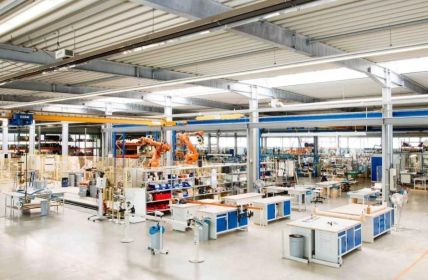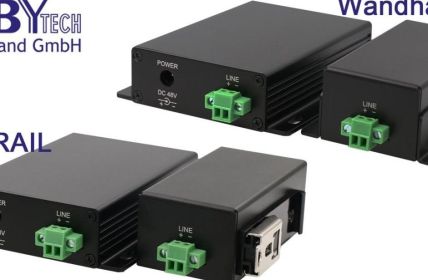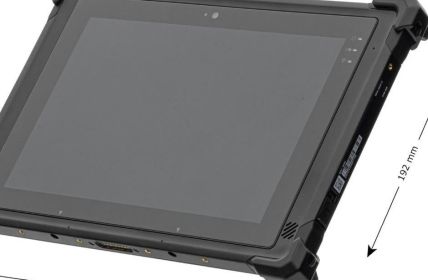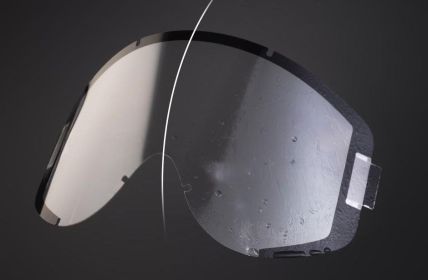Numerous Internet groups and commercial enterprises are hoping that the symbiosis of the Internet of Things (IoT) with blockchain technology will solve many current problems. Among other things, ledger technology is expected to help remedy existing shortcomings with regard to identity management, logistics and contract law on the Internet.
Table of Contents: What awaits you in this article
Internet of Things: Gateway to Security Threats
The Internet of Things links devices, users, places and applications to create optimized value. The smart sensors, automated systems and smart meters built into these systems collect, process and play out data on dashboards to help optimize manufacturing and sales processes. Estimates are that some 50 billion devices will be connected to these ecosystems by 2030.
But as each connected unit grows, so does the risk of security breaches. The sheer mass of end devices from many different providers makes it impossible in most cases to check them for digital gateways, vulnerabilities and leaks. Thus, hacking attacks and DDOS attacks are almost as preprogrammed as data breaches and operational disruptions.
IoT and blockchain: decentralized security
Blockchain technology appears to many users as the solution to such problems in this context. Its infrastructure, based on decentralization and cryptography, enables services that can help strengthen trust between business partners, clearly fix copyright and contract law issues, and make distribution structures more efficient.
More trust through blockchain smart contracts
Blockchains are capable of establishing trust-building measures between business operators. For example, it is an elementary component of smart contracts that ledger blocks, once set, can no longer be changed. These ledger-like institutions with eternal character can be viewed and thus verified by all users, which seems to make subsequent manipulation impossible. This is an advantage that more and more industries are discovering for themselves, above all logistics and healthcare.
Better protected identities through the blockchain
The central and recurring problem with any transaction on the Internet is the protection of and trust in the identities involved. More and more frequently, there are complaints about their compromise or theft and demands for higher authentication standards. The associated unreliability of user profiles makes sustainable business relationships difficult in many areas. Blockchain technology can remedy this by creating increased management, monitoring and control options.
IoT blockchain: infrastructure challenges
However, before this promising technology solution can develop to its full potential, a number of issues need to be addressed. First and foremost, there are the justified concerns of many users regarding the computing power that needs to be applied. One characteristic of the Internet of Things is that many different devices are connected together in one system. But not every IoT-capable device is automatically capable of handling the high-energy encryption processes required for the blockchain with the necessary speed.
This problematic situation could be addressed in the future with strategic planning as early as the development and production of these devices. Another obstacle to implementing an IoT blockchain standard is the insufficient storage capacity available in many places. It is true that a separate server is no longer required for storing all the device identities involved and the business processes implemented with them due to the decentralized nature of the technology. But enormous resources are still required for node placement, especially if it can be assumed that the ledgers will become larger and larger over time.
IoT Blockchain: Market Outlook
Industry experts attest that the IoT blockchain segment has a revenue potential of up to $3 billion. The global blockchain IoT industry is estimated to grow at a CAGR of 91.4 percent by 2025. Blockchain is increasingly seen to play the role of an intermediary between IoT and data security. This predicted development is made possible by the wide range of technical applications. From smart cities and the medical sector to micropayment and food safety, a number of viable success models are now emerging.


